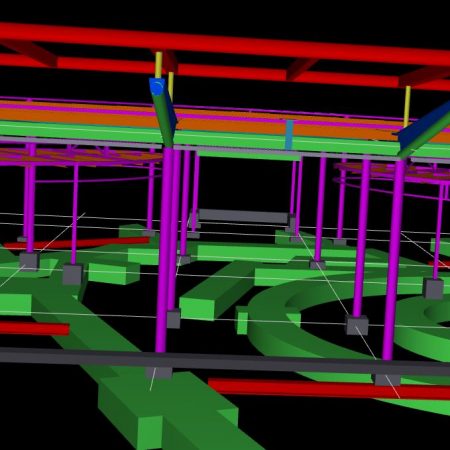Fewer Risks and More Opportunities – Securing the Real Value of BIM
The risks of major infrastructure projects are well documented. They have been brought into sharp focus by recent events in the sector. Timing and cost overruns are, sadly, still common. There are many causes, not least of which is the fact that the ‘information complexity’ of major projects has not been matched by the industry’s ability to capture, manage and use that information.
Risks arise because it isn’t always easy to quantify the precise content of a project. This doesn’t just waste time, it also wastes materials and resources. Interdependencies are also not clear in the planning phase so that conflicts only became apparent during the live project. And many opportunities for efficiency are identified after the event.
Designs and project plans based on inaccurate information about the asset, or 2D drawings lacking in detail, also introduce risks that the industry has struggled to manage: the real asset turns out to be very different from the picture provided to the planners.
New Expectations
BIM tools and processes change the rules and the expectations for project planning and execution. They enable us to see a complete picture of the project, model key processes, and organise and share project data as never before.
Not only can we quickly scope out and quantify project content at a detailed level, we can also consider practical and technical challenges during the design phase, without waiting to be surprised by practical experience.
Materials wastage is another significant issue for the construction industry. In the same way that different project phases are not fully coordinated, the same can be said for materials planning. Having a shared data environment and a single ‘whole project’ view opens the way to aggregating the quantities and dimensions of the materials to be used. An intelligent purchasing plan and managed inventory can then reduce costs and wastage significantly.
Beyond managing risks, BIM leads us into greater opportunities. With a complete and detailed view of assets it’s possible to prioritise the risks to different asset elements and to combine and schedule projects and subprojects with greater intelligence and imagination. This is the route to delivering maximum value from infrastructure investment and minimising the long term disruption to the network.
Our experience to date with BIM tools and processes has proved that the potential to improve the accuracy of timing and cost budgets, to deliver efficiencies, and to create detailed ‘as built’ records of assets is very real.

